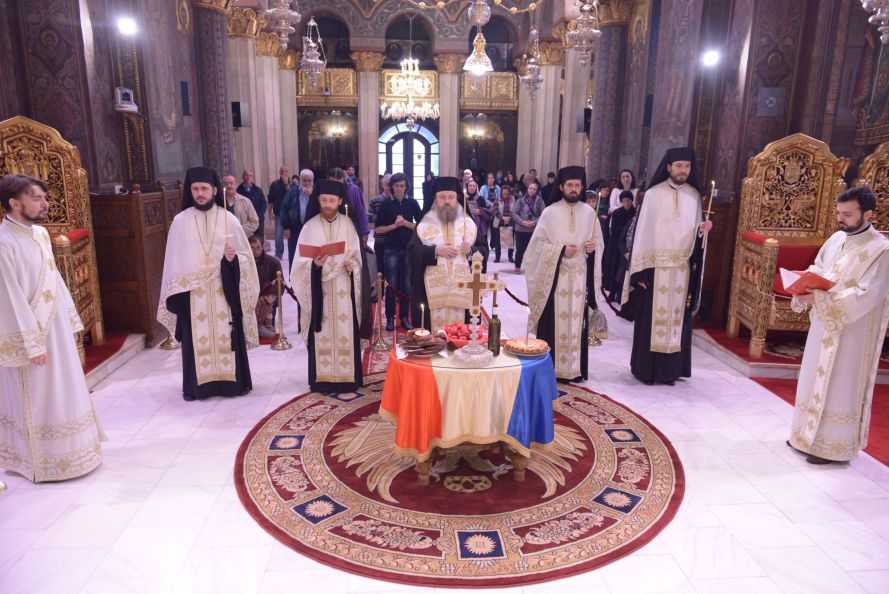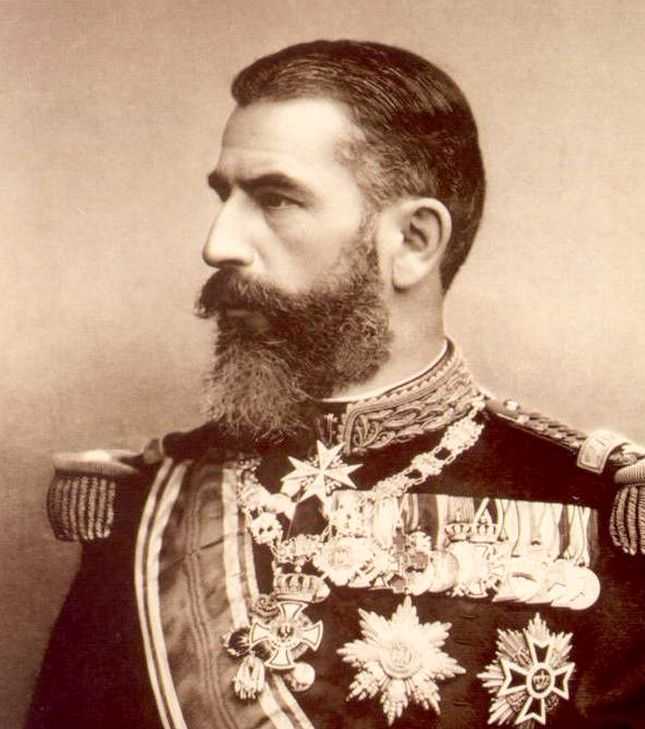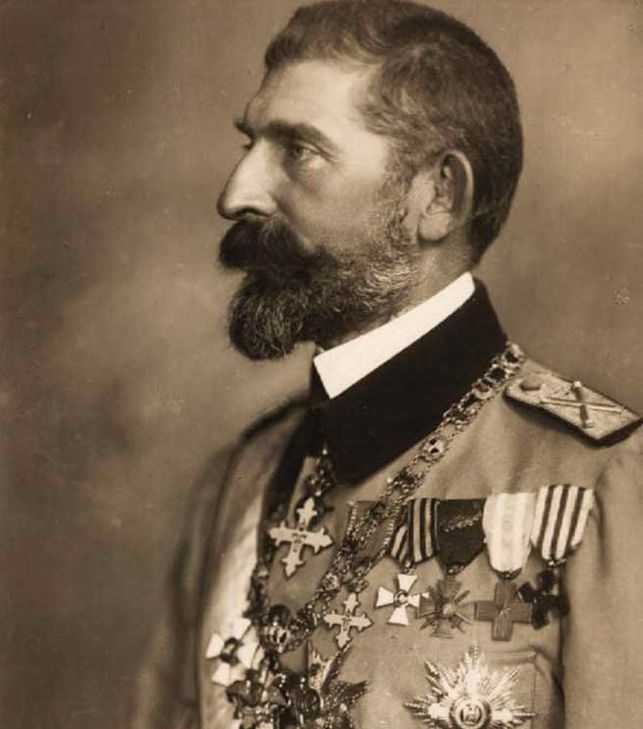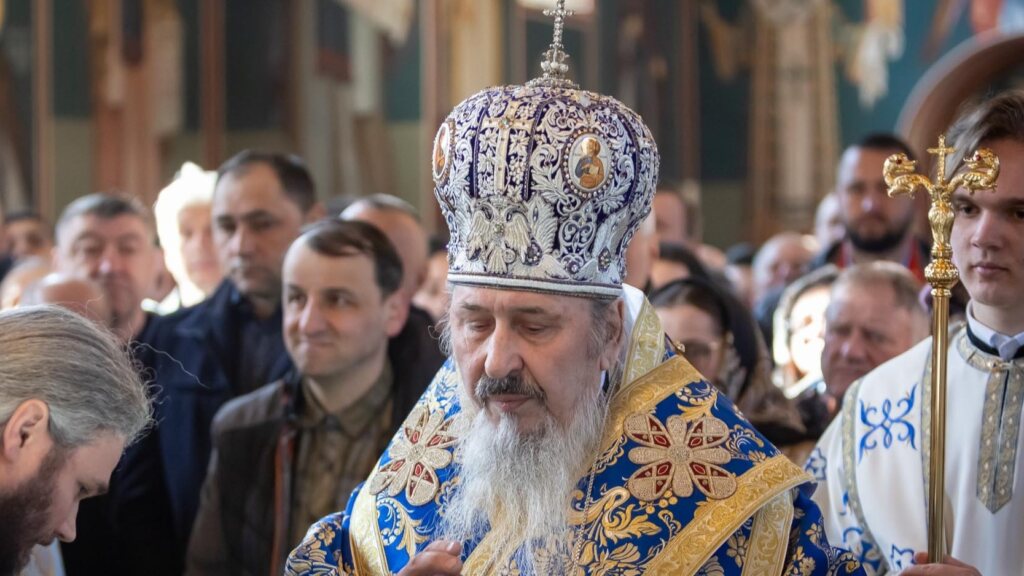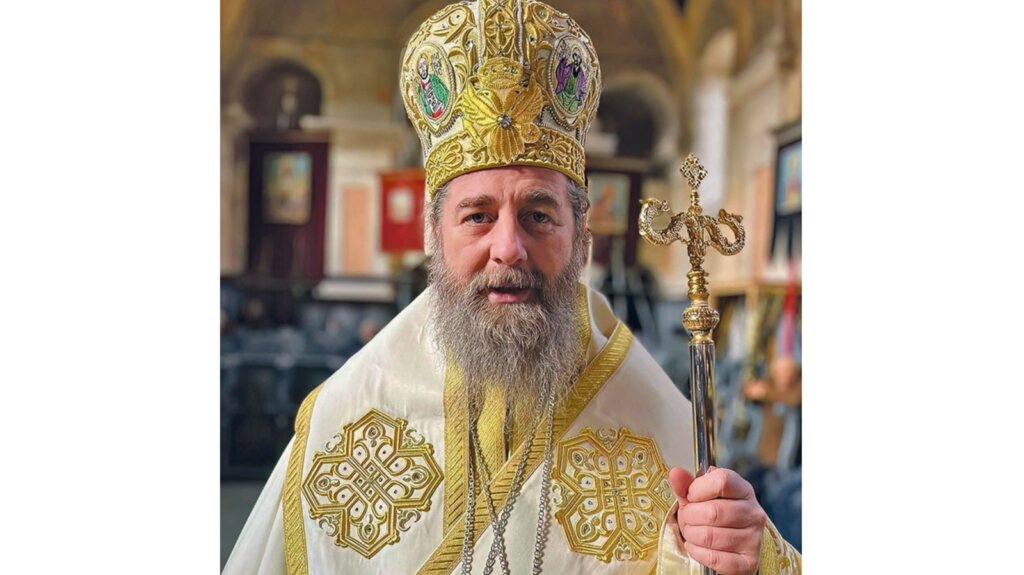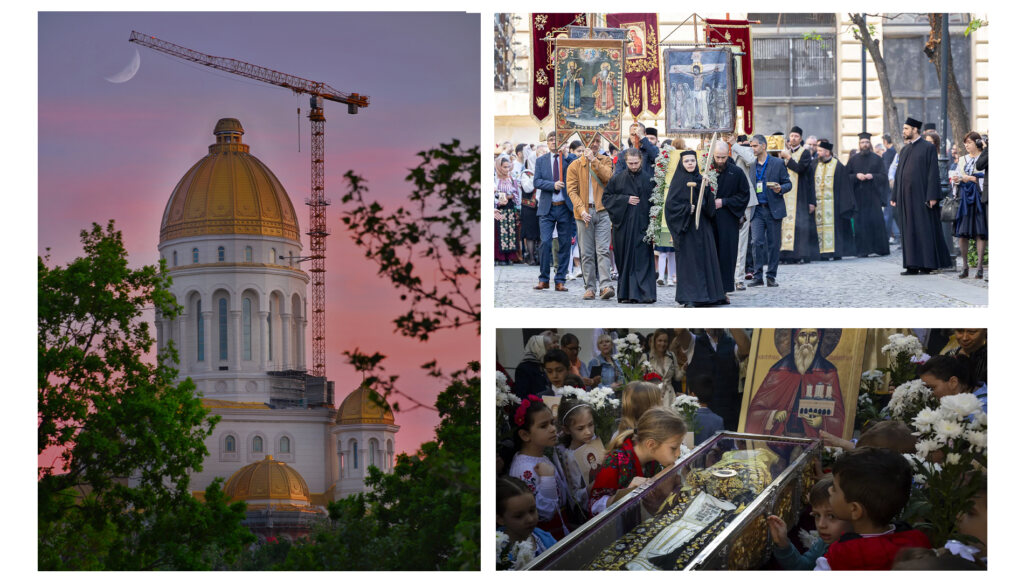Tuesday, 10 May 2016, a commemoration service for Kings Carol I and Ferdinand I of Romania was celebrated at the Patriarchal Cathedral by His Grace Timotei Prahoveanul, Assistant Bishop to the Archdiocese of Bucharest. The solemn commemoration service was celebrated in the context of the anniversary today of 150 years since King Carol I ascended the throne of Romania.
The hierarch eulogized the personality of the two Kings and said that they both loved the Church.
“Besides the many projects they initiated, they constructed many buildings in Bucharest and in other places of the country, and both Carol I and Ferdinand I loved the Church. Carol I was baptised Roman Catholic but once he ascended the throne of Romania he promised he would be close to the faith or religion of the Romanians and would baptise the children in this Orthodox faith and observe the traditions of this Romanian land”, His Grace said.
The Assistant Bishop to the Archdiocese of Bucharest has also underlined that King Carol I frequently attended religious services of the Church.
“He used to come rather often to the Metropolitan Cathedral turned into Patriarchal Cathedral in 1925 and attended the Divine Liturgy. Sometimes he remained in the church for two hours after the Divine Liturgy. After attending the Divine Liturgy at the metropolitan cathedral, he went to the Roman Catholic church where he attended the celebration”, the hierarch said.
Monday, 9 May 2016, on the occasion of the anniversary of 150 years since Ruling Prince Carol I ascended the throne of Romania, a solemn session was held at the Romanian Academy. His Beatitude Patriarch Daniel transmitted a message on the occasion read by His Grace Varlaam Ploieşteanul, Assistant Bishop to the Patriarch.
King Carol I (1839-1914), founder of the Romanian dynasty, was chosen by the Romanian political elite from among the princes of Europe, and brought to the throne of the country, in order to consolidate the union of the two Romanian Principalities, Moldova and Wallachia, to confer prestige to the new state, to calm down the never ending quarrels for power among internal factions, and to represent a factor of stability at a crucial time in the development of Romania. Thus, an older desire of the ad-hoc Council was coming true: a foreign ruler.
He led the country to modernisation and independence, having personally been at the head of the Romanian-Russian troops during the Russian-Romanian-Turkish war of 1877/1878 (War of Independence) ended with the Treaty of Berlin, in 1878. In 1869, he married Elisabeth of Wied, who became Queen Elisabeth later on. Their only daughter died when only 3 years old. King Carol I passed away on the eve of the outbreak of the World War I, leaving his nephew inheritor of the Throne, who would take over the task to accomplish the Great Union.
Ferdinand I became King after the death of his uncle Carol I (1865-1927) and remained in history as Ferdinand the Completer or Ferdinand the Loyal, King of Great Romania, who surpassed his German origin in order to follow the desire of unity of his people, during the World War I.
On 15 October 1922, he was crowned, in Alba Iulia, as the King of all Romanians. During his reign the universal suffrage was adopted, the agricultural reform was done in 1921, and the modern Constitution was adopted in 1923, which provided the frame of development for Great Romania.
Photo: Lumina newspaper
